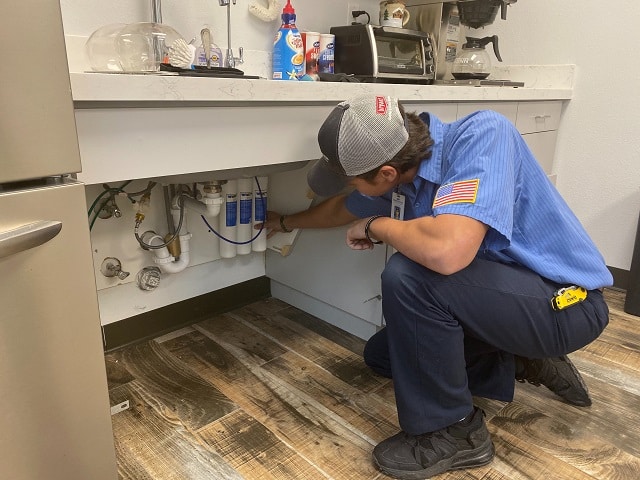In the realm of home maintenance, few things strike fear into the hearts of homeowners like plumbing issues. Leaky faucets, clogged drains, and running toilets are common problems that can disrupt the tranquility of any household. While the prospect of plumbing repairs might seem daunting, the good news is that many issues can be addressed with a bit of DIY know-how. In this comprehensive guide, we’ll take you through the essential steps of DIY plumbing repairs, empowering beginners to tackle common problems with confidence.
Understanding the Basics
Before you dive into fixing a plumbing issue, it’s crucial to understand the basics of your home’s plumbing system. Familiarize yourself with the location of shut-off valves, learn about the different types of pipes in your home, and grasp the fundamentals of water pressure. This knowledge will serve as a solid foundation for your DIY plumbing endeavors.
Essential Tools for DIY Plumbing
Every aspiring DIY plumber needs a well-equipped toolbox. Gather essential tools like a pipe wrench, plunger, plumber’s tape, and an adjustable wrench. Additionally, invest in a pipe cutter and a basin wrench for more advanced repairs. These tools will prove invaluable as you navigate through various plumbing tasks.
Common DIY Plumbing Repairs
1. Fixing a Leaky Faucet
A dripping faucet is not just an annoyance; it can lead to water wastage and increased utility bills. To fix a leaky faucet, start by turning off the water supply. Remove the faucet handle, replace the faulty washer, and reassemble the parts. It’s a straightforward task that can make a significant impact on water conservation.
2. Unclogging Drains
Clogged drains are a prevalent issue in many households. Begin by using a plunger to dislodge the blockage. If that doesn’t work, try a mixture of baking soda and vinegar to break down the clog. For stubborn blockages, a drain snake can be employed to physically remove the obstruction. Are you looking for an emergency plumber? You may visit their page to learn more.
3. Repairing a Running Toilet
A running toilet can waste gallons of water daily. Identify the cause of the problem by checking the flapper, flush valve, and fill valve. Often, a simple adjustment or replacement of a worn-out component can resolve the issue. DIY toilet repairs not only save water but also prevent unnecessary expenses.

Safety Considerations
While DIY plumbing repairs can be rewarding, safety should always be a top priority. Turn off the water supply before starting any repair, and wear appropriate safety gear, such as gloves and safety glasses. If a task seems too complex, don’t hesitate to seek professional help to avoid causing further damage.
Conclusion
Armed with the knowledge of basic plumbing principles and equipped with the right tools, beginners can successfully tackle common plumbing issues at home. DIY plumbing repairs not only save money but also empower homeowners to take control of their living spaces. Remember, confidence grows with experience, so don’t shy away from honing your plumbing skills one repair at a time.

